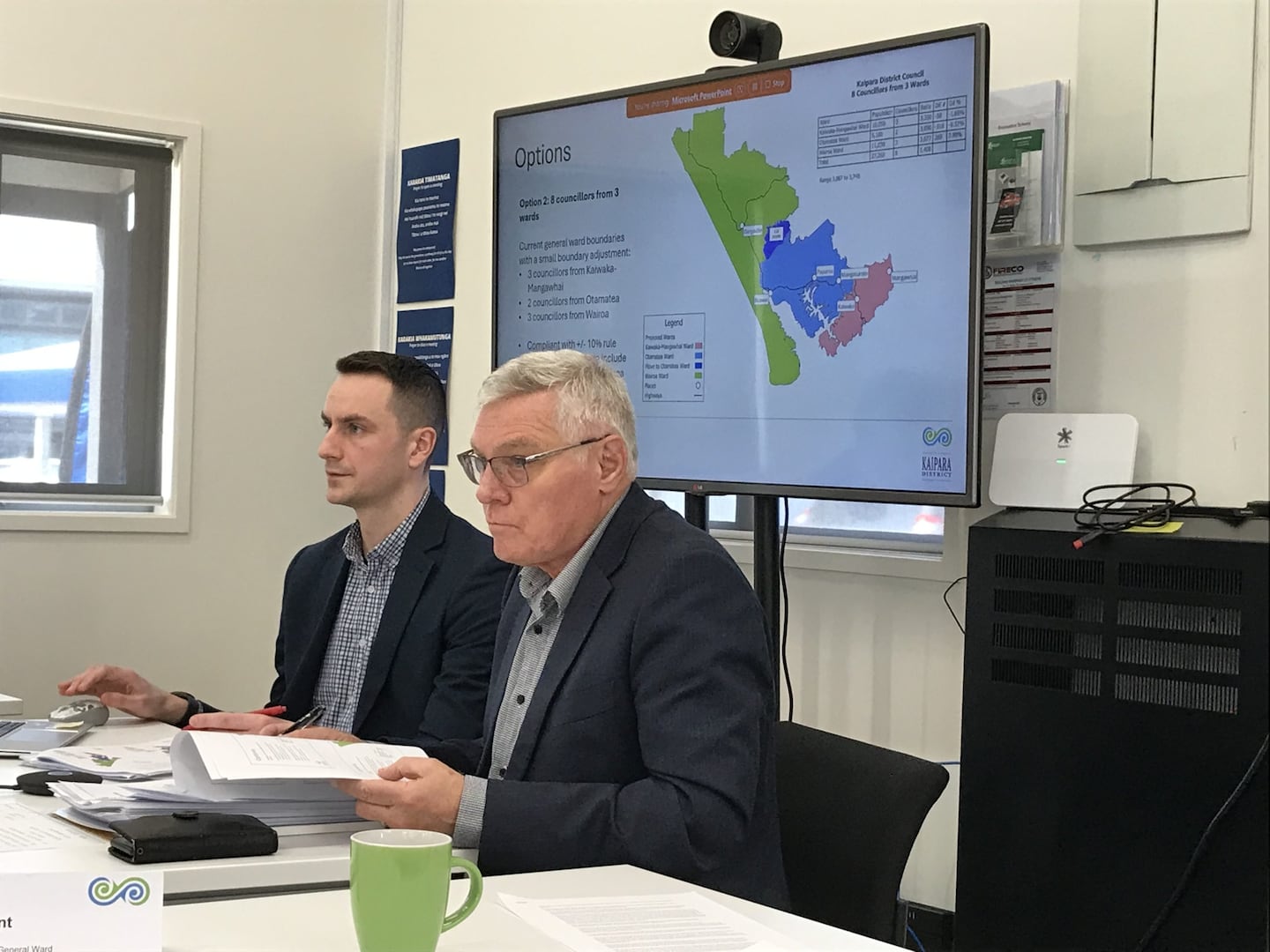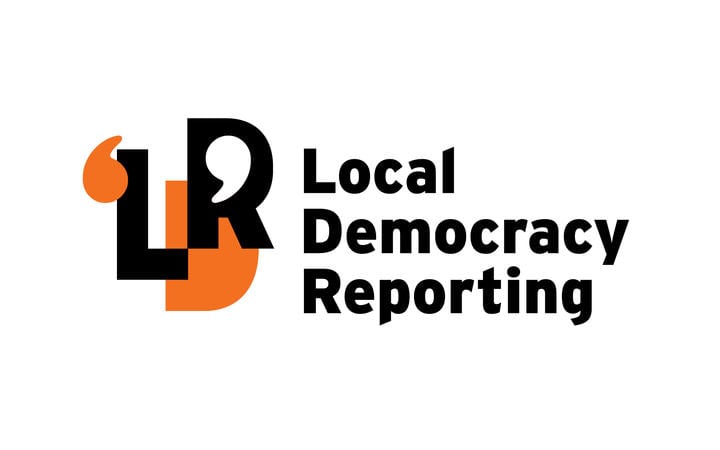Kaipara District Council is continuing a $25,000 review of its political structure despite a legal challenge over its Te Moananui o Kaipara Māori Ward abolition.
The review is required under new government legislation after the council became the first in New Zealand to can its Māori electoral area. It determines the number and balance of councillors and wards across the Kaipara district ahead of the 2025 local government elections.
Almost 18,500 Kaipara voters will get to vote in the resulting new-look political structure in October next year after the Kaipara District Council (KDC) extraordinary meeting decision in Mangawhai that came a week after new Government legislation enabled this.
Te Rūnanga o Ngāti Whātua filed an application just ahead of the August 7 meeting for a High Court judge to review aspects of the consultation process the council followed in canning its Māori ward.
Te Moananui o Kaipara Māori ward’s disestablishment could potentially be disrupted if the court finds in the runanga’s favour.
Council chief executive Jason Marris said the required representation review was still underway.
The council would be contesting the judicial review application.
“The council’s decision made at the extraordinary meeting on 7 August is valid and effective, unless and until a court determines otherwise,” Marris said.
“For now, under the relevant legislation (the Local Government Electoral legislation and Māori Wards and Māori Constituencies Amendment Act 2024) the council must take the next step in the process.”
The application has been scheduled to be heard in the High Court on September 11, as a matter of urgency.
In a statement on Wednesday August 7, just ahead of the KDC meeting, the rūnanga said it had been left with no choice but to file the judicial review proceedings against the council.
A rūnanga spokesperson said the same day that the proceedings had been filed on behalf of the Ngāti Whātua iwi, hapū, groupings and uri of the Kaipara including hapū Te Uri o Hau, Te Roroa and Te Kuihi Kai Raupō.
The statement said the rūnanga represented local Māori but had not been consulted over disestablishing KDC’s Māori ward, as was required under the Local Government Act as part of good council decision making including input from local Māori.
Te Rūnanga o Ngāti Whātua, Te Uri o Hau, Te Roroa and Te Kuihi needed time to bring their uri together to gather their views, before responses on their behalf were given to the council.
That was not optional on their part. It was important because they could not speak at the extraordinary meeting until after having had a chance to get feedback from their respective groups.
Marris said the council would not be providing further response on the rūnanga’s consultation comments.
Local Democracy Reporting Northland has sought judicial review application details from the High Court.
Te Runanga o Ngāti Whātua has been approached for post-meeting comment.
Where to from here for $25,000 representation review?

KDC’s mini representation review is designing a new political landscape for the October 2025 local elections after it abolished its Māori ward.
At least four police officers were present (SUBS: Wednesday 7 August) when Te Moananui o Kaipara Māori Ward was abolished at a chaotic and noisy KDC extraordinary meeting, with around 300 protesters outside the meeting.
KDC’s Māori ward will remain in place until the October 2025 local elections, with its councillor Pera Paniora in office.
Marris said the mini representation review would not include reconsideration of whether or not KDC should have a Māori ward as this had already been decided at the meeting.
KDC will formally pick its initial new proposal to go out for public consultation at a council meeting scheduled for September 4
The initial proposal on the representation structure is then scheduled to be out for public consultation from September 11 to October 2.
Submission hearings have been pencilled in for October.
The review includes the number of councillors, whether to have wards and how many wards to have.
Early-stage representation options were considered at a councillor briefing immediately after the KDC ward decision in Mangawhai.
Electoral officials outlined the short timeframe for the mini representation process.
KDC currently has 10 politicians including the Mayor, across four wards.
Seven early-stage representation options were presented on Wednesday, with between six and 10 councillors.
The council’s potential ward structure was also in the spotlight.
The early options councillors considered included three wards, two wards or having no wards at all with councillors elected at large.
Councillors also expressed interest in dividing what became a single Wairoa General Ward in Kaipara’s west, after the creation of the Māori Ward for the 2022 local elections, back into two wards.
The council must settle on a structure that allows each councillor to represent a consistent number of people.
KDC councillors currently represent about 3000 people each.
Under the new legislation, councils that can their Māori ward can revert to the political structure they had in place for the 2019 local elections – in KDC’s case then nine politicians across four wards.
That changed in 2022 to 10 councillors across four wards, including the new Māori ward.
The Local Government Commission has ruled KDC must instead create a new-look political structure because its population has grown so much since 2019.
KDC’s final proposed representation arrangements must be put together before November 13.
LDR is local body journalism co-funded by RNZ and NZ On Air



